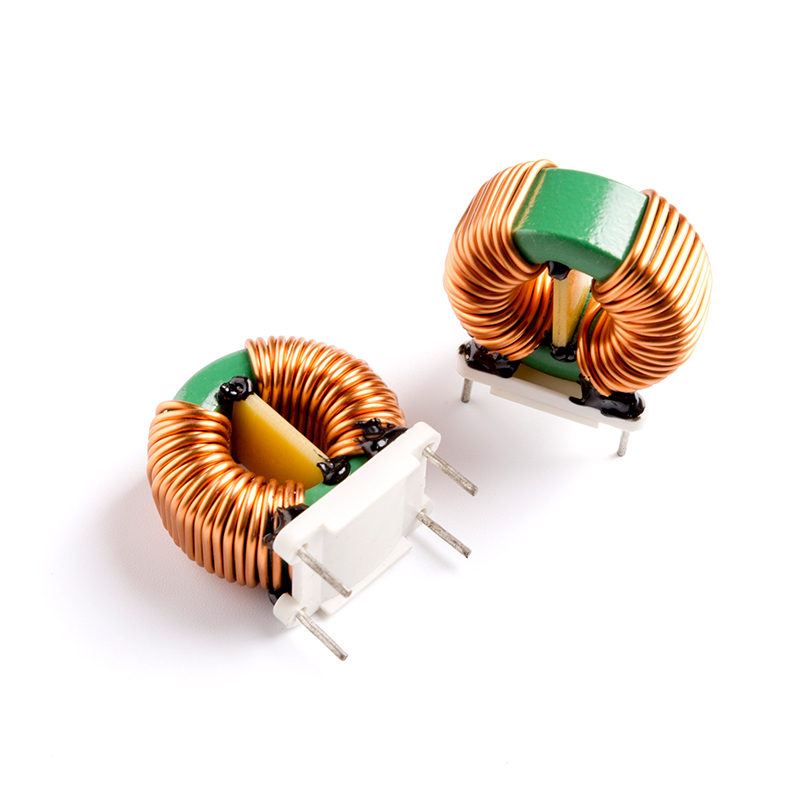Power Supply Systems
One of the most significant applications of amorphous nanocrystalline inductors is in power supply systems, particularly for energy-efficient designs. These inductors are used in the conversion of electrical energy from one voltage level to another, such as in AC-DC and DC-DC converters. Thanks to their high magnetic permeability, they are capable of handling high-frequency operations with minimal losses. This results in more efficient power conversion, lower energy consumption, and reduced heat generation—an essential factor in preventing component overheating and increasing the lifespan of the device.
The high efficiency of amorphous nanocrystalline inductors helps power supply systems maintain stability and performance, even under fluctuating loads. In sensitive equipment, such as servers or medical devices, power fluctuations can cause disruptions, but with these inductors, the power conversion process remains stable, protecting both the device and its user.
Automotive Electronics
The automotive industry is another key sector where amorphous nanocrystalline inductors are making an impact. With the increasing complexity of modern vehicles, especially with electric vehicles (EVs) and autonomous driving systems, there is a growing demand for reliable and efficient electronic components.
In automotive powertrains, these inductors are used in the conversion of high-voltage DC power to lower voltage levels suitable for electronic circuits. Their compact size and high efficiency make them ideal for use in space-constrained environments, such as inverters, battery management systems, and electric motors. Additionally, their ability to operate at high frequencies without significant core losses helps ensure smooth power flow and longevity of automotive systems.

Wireless Communication Devices
In wireless communication, signal integrity and efficiency are paramount. Amorphous nanocrystalline inductors excel in applications like radio-frequency (RF) circuits and filters. They are used to enhance the performance of antennas, receivers, and transmitters by improving signal quality and reducing noise.
Their excellent high-frequency performance ensures that RF signals can pass through with minimal interference, making them critical in devices such as smartphones, routers, and other wireless communication tools. Moreover, the compact design of these inductors allows for smaller and more lightweight devices, which is crucial for today’s portable electronics market.
Renewable Energy Systems
With the global push for sustainable energy, amorphous nanocrystalline inductors are also making their mark in renewable energy applications. Wind and solar energy systems, for example, require efficient power conversion to feed energy into the grid or to store it in batteries. These inductors’ ability to handle high power densities and operate at high efficiency is essential for ensuring that renewable energy sources perform optimally.
By minimizing losses in the conversion process, amorphous nanocrystalline inductors help improve the overall efficiency of energy systems. Their robustness and long-term reliability are also critical in ensuring that renewable energy systems are both cost-effective and durable.

 English
English 中文简体
中文简体 Deutsch
Deutsch 日本語
日本語

 View More >>
View More >> View More >>
View More >> View More >>
View More >> View More >>
View More >> View More >>
View More >> View More >>
View More >> View More >>
View More >> View More >>
View More >>